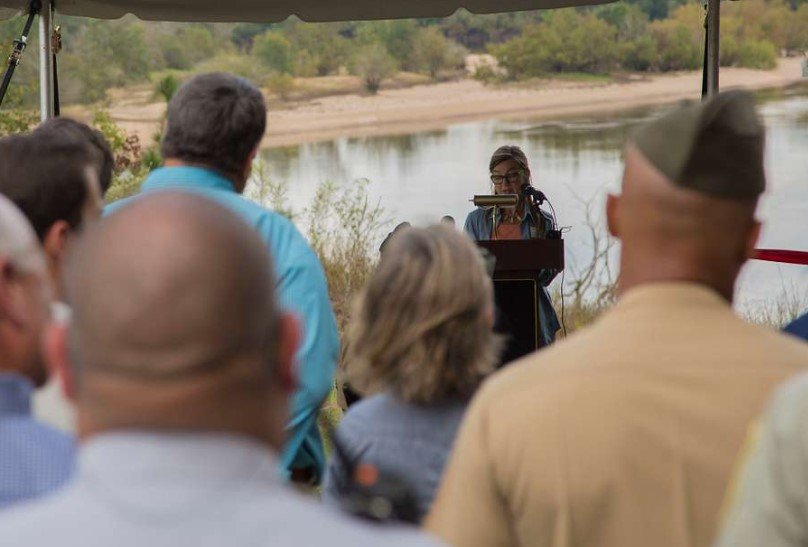Georgia’s wildlife officials are turning to the public for feedback on an updated plan that could shape conservation efforts for the next decade. The Georgia Department of Natural Resources (DNR) is inviting residents to review and comment on the revised State Wildlife Action Plan, which outlines strategies for protecting the state’s diverse species and habitats.
A Plan Decades in the Making
The State Wildlife Action Plan isn’t new. First introduced in 2005 and updated every ten years, the document serves as a roadmap for conservation. The latest revision identifies over 1,000 species in need of protection, ranging from the iconic bald eagle to lesser-known creatures like the tangerine darter and Chapman’s fringed orchid.
Dr. Brett Albanese, an assistant chief with DNR’s Wildlife Conservation Section, emphasized the plan’s importance. “This is Georgia’s plan, not just DNR’s. We’ve had input from more than 100 organizations, but now we need everyday Georgians to weigh in,” he said.
A draft version is available online from February 19 through March 21. Residents can access the plan, watch an informational presentation, and submit feedback via a survey on the Georgia Wildlife website.

Why Your Voice Matters
Conservation is often seen as the work of scientists and policymakers, but public input plays a significant role. The revised plan will influence how conservation dollars are spent, which species receive priority, and what steps are taken to protect Georgia’s natural landscapes.
Consider the impact of past efforts:
- The creation of Ceylon Wildlife Management Area near St. Marys provided essential habitat for rare species.
- The expansion of Paulding Forest WMA in northwest Georgia increased protected land for native wildlife.
- Collaboration between stakeholders helped prevent the gopher tortoise from being listed as endangered.
“This kind of partnership-driven approach has been critical to conservation successes in Georgia,” Albanese noted. “Public engagement ensures we’re moving in the right direction.”
Funding the Future of Wildlife
Updating the State Wildlife Action Plan isn’t just about keeping records up to date—it’s a requirement for securing federal funding. Every state must revise its plan every decade to remain eligible for State Wildlife Grants, a key source of conservation funding.
Without an updated plan, Georgia could lose out on significant federal dollars that support wildlife protection. These grants have been essential in keeping species from reaching the endangered list. The goal is proactive conservation rather than costly emergency interventions down the line.
How to Participate
The DNR is making it easy for residents to get involved. The online portal offers a streamlined way to review the plan and provide feedback. After the March 21 deadline, officials will incorporate public comments before submitting the final version to the U.S. Fish and Wildlife Service in June for approval.
